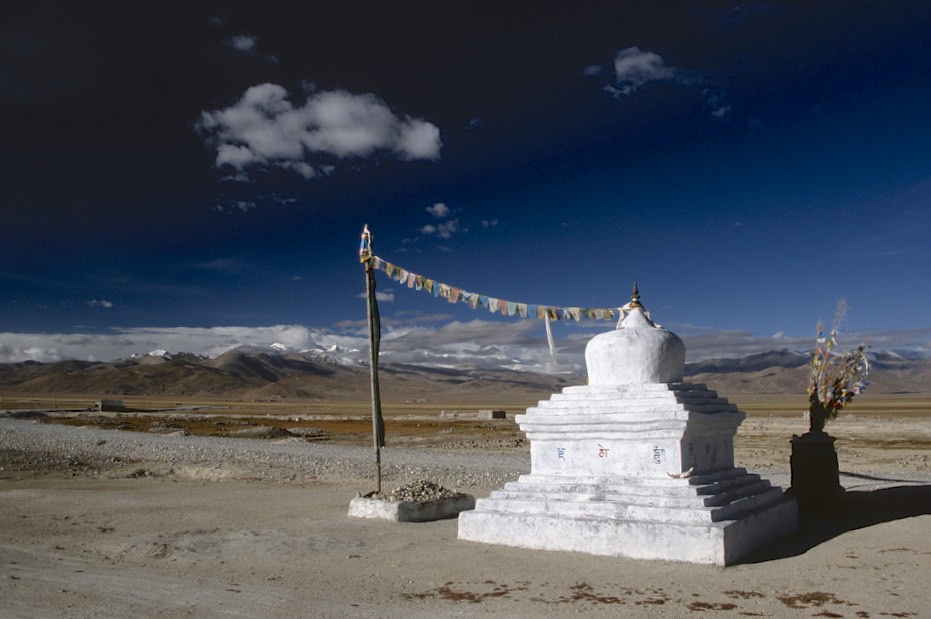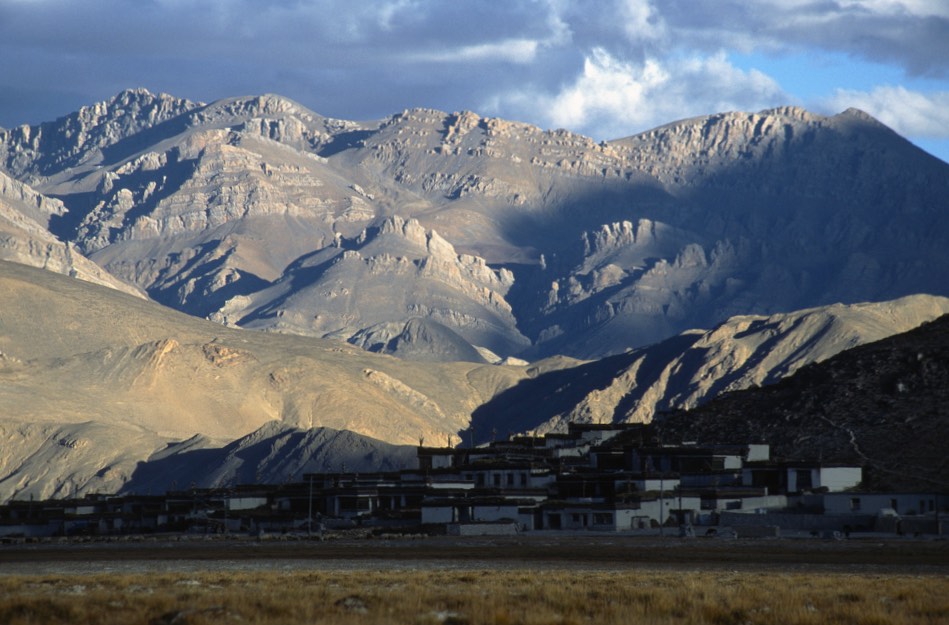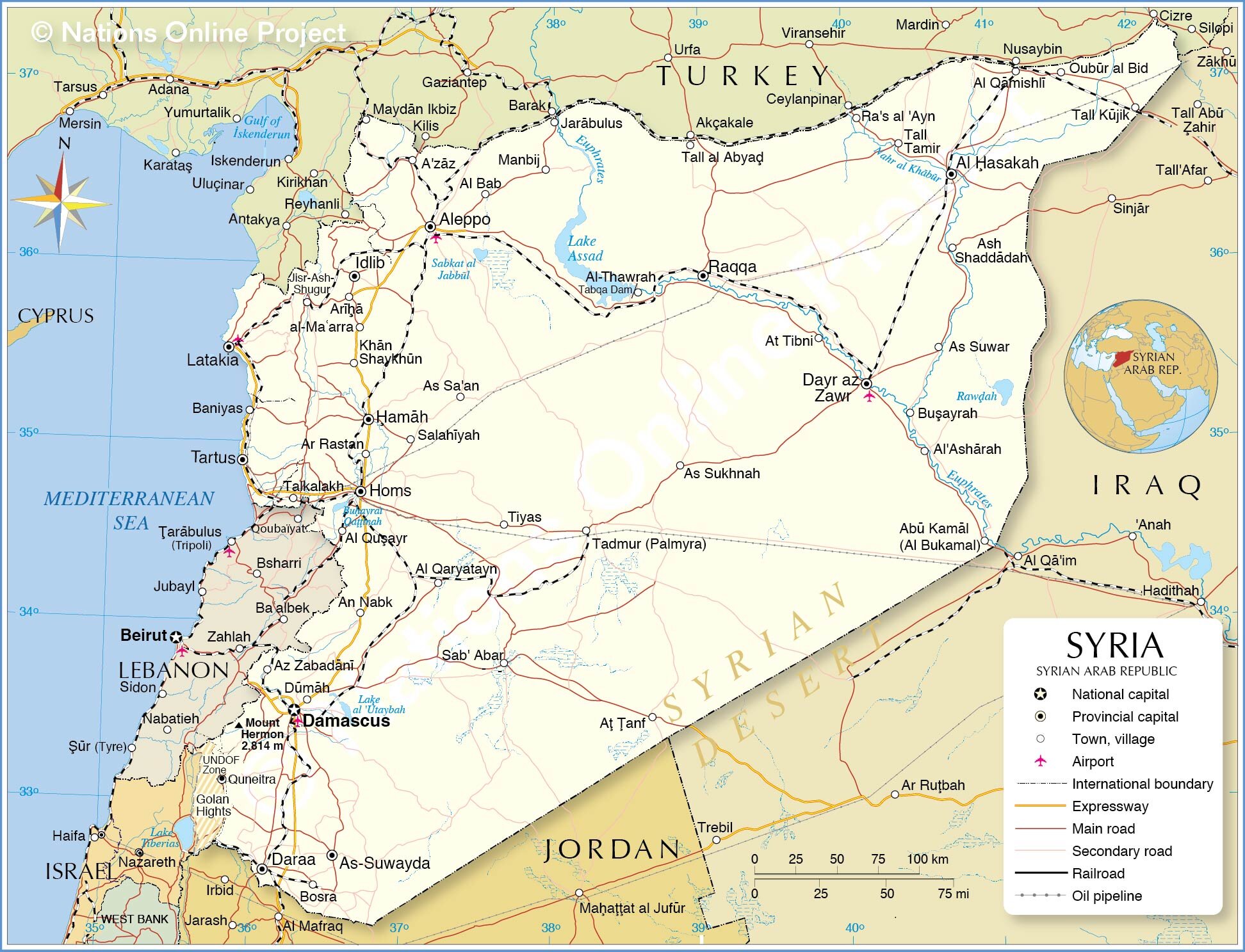Ephesus, the old port of the Romans
Mt. Kailash, Simikot to Kailash in Tibet Photos
The 6,714m high Mt. Kailash raises above the Plane of Burang and has is the world's most holy place at the same time that it is the least visited. Hindus believe Mt.Kailash to be the abode of Lord Shiva. The Jains call the mountain Astapada and believe it to be the place where Rishaba, the first of the twenty-four Tirthankaras attained liberation. Followers of Bon, Tibet's pre-Buddhist, shamanistic religion, call the mountain Tise and believe it to be the seat of the Sky Goddess Sipaimen. The Buddha is believed to have magically visited Kailash in the 5th century BC. Tibetan Buddhists call the mountain Kang Rimpoche, the 'Precious One of Glacial Snow', and regard it as the dwelling place of Demchog and his consort, Dorje Phagmo. Three hills rising near Kang Rimpoche are believed to be the homes of the the Bodhisatvas Manjushri, Vajrapani, and Avalokiteshvara.
Mt. Kailash, the mountains in the border of Nepal/India/China and Gurla Mandata
Lake Manasarovar and Mt. Gurla Mandata
Swayambhunath or "The Monkey Temple" in Kathmandu
Human skull at the Kathmandu market
Swayambhunath or The Monkey Temple in Kathmandu
Kathmandu
Swayambhunath or The Monkey Temple in Kathmandu
In the Tibetan part of Kathmandu
Swayambhunath or The Monkey Temple in Kathmandu
Nepalganj
Flying to Simikot
Simikot dirt airstrip
Simikot
The start of the trail to China from Simikot
Western Nepal - a village close to Simikot
The distinct look of people from Western Nepal
Salt traders - little goats carry bags with salt from Tibet
The traders use horses and mules for their trade with Tibet
Navigating steep trails can be difficult for the mules
Hospitality along the trail
Smoking a traditional pipe
Smoking something stronger than the traditional pipe
Goat herder
At the military checkpost - we are approaching the border area close to China
Dinner time - it was very wet and cold. We were all very appreciative of little heat.
We had wet and cold conditions. Also muddy!
The approach to the Nara La Pass, the mud and rain turned into snow and ice.
Top of the pass - wideout and blowing wind
Nara La Pass 4,507m - the last pass in Nepal. The traders use Yaks to transport goods from Tibet to Nepal
Nara La Pass 4,507m and the caravan of yaks returning from Tibet.
We arrived in Hilsa cold and wet.
Descent from Nara La Pass 4,507m to Hilsa, the border outpost in Nepal
Hilsa and the bridge to China
Bridge to China
Local porters lining up for work with Indian pilgrims.
Tibetan roads back then. The road from Hilsa to Burang.
The Himalayas on the border of Nepal, India and China
An old stupa and the Himalayas on the border with Nepal, India and China
Dhaulagari 6,838m in Western Nepal on the border of Nepal, China and India
Jokopahar 6,744m in Western Nepal on the broder of Nepal, Tibet and India
The Chinese outpost of Burang
Gurla Mandata
Lake Rakshastal at 4,590m which is connected to Lake Manasarovar
Lake Rakshastal at 4,590m which is connected to Lake Manasarovar
Lake Manasarovar at 4,590m. According to the Hindus, the lake was first created in the mind of the Lord Brahma after which he manifested on Earth.
Lake Manasarovar. The Buddhists beleive that this is where the Lord Buddha was conceived. The lake has a few monasteries on its shores, the most famous is the ancient Chiu Gompa built on a steep hill overlooking the lake. Swimming in the lake is supposed to wash away all the sins. Many Indian pilgrims come to this lake to swim.
Lake Manasarovar and the barren hills of Tibet
Lake Manasarovar
The stupas and a lone guesthouse on the hills overlooking Lake Manasarovar
Chiu Gompa built in the 8th century.
Chiu Gompa
Chiu Gompa - the main gate
Chiu Pompa
Prayer flags above the Chiu Gompa.
The solitary monk at the Chiu Gompa who showed us around.
Inside the Chiu Gompa
The view from Chiu Gompa. Mt Kailash was in the clouds.
The view of the Lake Mansowar from Chiu Gompa
The stupas overlooking Lake Manasarovar. The stones have inscriptions of Buddhist prayers (they are called Mani Stones). The yak horns are also carved with prayer inscriptions (Om Mani Padme Hum).
Mani stones on the shore of Lake Marasoravar
Prayer wheels
An old prayer wheel powered by wind blades. The silence is broken by the sound of the wind and the squeaks of the wind-powered prayer wheel. For one of the holiest places on Earth it had a very remote and secluded feel.
The symbol of Tibetan Buddhism. Emptiness and the wind.
Endless horizons
The endless horizon of Western Tibet - a very special place - Nanda Devi is very close. It is another holy mountain located on the Indian side of the range.
Our camp at Lake Mansowar
Gurla Mandata
Darchen
Darchen and our hotel.
The ceremonial area of Mt. Kailash.
Mt. Kailash. A place where the sky burial ceremonies are performed. A sky burial is a dismemberment of a dead body with knifes and feeding it to the vultures. In this part of Tibet, there is no wood to burn the dead.
Mt. Kailash on the right. The beginning of the outer Kora.
One of a few monasteries dotting Mt. Kailash.
Mount Kailash, the western flank.
Mt. Kailash - western flank. It has these unreal rock formations.
The yaks carrying supplies to the monastery at the back side (north) of Mt. Kailash.
A tea house on the Kora of Mt. Kailash.
Om Mani Padme Hum - approaching the north side of Mt. Kailash
The Dirapuk Monastery at the north side of Mt. Kailash.
Mount Kailash north side
At the Dirapuk monastery at the north side of Mount Kailash at 5,080m.
At the Dirapuk Monastery, a typical western Tibetan attire and facial features of the Tibetan Khampa (nomad).
Young monks at the Dirapuk Monastery
North/North east side of Mount Kailash at sunrise
Mt. Kailash - north east face
The north face of Mt. Kailash
Last view of Mt. Kailash from the north
Along the Kora of Mt. Kailash
Mt Kailash in the distance
At the Lake Mansowar
Roads in western Tbet back then...We had many flat tires.
Gurla Mandata
The North face of Mt. Kailash
The plane of Burang and the Gurla Mandata massif
A Tibetan monk on the Mt. Kailash kora
A Tibetan monk/pilgrim approaching the Dolma La Pass at 5,648m
Tibetan pilgrims on the kora of Mt. Kailash
The view of the Langtang Range from Tibet near Lake Paiku Tso
Old Tingri close to Cho Oyu
Tibet
Burang, Tibet
Burang, Tibet
Darchen, Tibet. Mt. Kailash in the distance.
Darchen, Tibet
Darchen, Tibet. Gurla Mandata is in the distance.
Lake Mansowar and Gurla Mandata
Pit stop by Lake Mansowar.
Close to Mt. Kailash on the Plane of Burang.
Plane of Burang and Girl Mandata
In Western Tibet
Western Tibet
The Langtang Range from the Tibetan side. The large mountain on the left is Gang Beng Chen 7,281m
Pilgrims on the way to Mt. Kailash
Near Tingri
Everest Basecamp area in Tibet
Mt. Everest
The Chinese side of Everest
Old mediation caves close to Everest
Old meditation cave close to the Rongbuk Monastery
Rongbuk Monastery on the north side of Mt. Everest
Rongbuk Monastery
Rongbuk Monastery close to North side of Everest
North of Shishapangma
Mt. Everest from Tibet
Approaching the Langtang Range
Gang Beng Chen 7281m and the Tibetan Plateau
Somewhere north of the Nepal Mustang
The Himalaya Range from the Tibetan Plateau. The mountains on the horizon are the Domodar Himal close to Mustang in Nepal.
The Dolpo Himalaya seen from Tibet
The Himalaya from Tibet
Gurla Mandata and Lake Manasovar
Gurla Mandata
Mt. Kailash and the Plain of Burang
The Pass between Nepal and Tibet along the Friendship Highway
Mt. Kailash
Mt. Kailash
Lake Mansovar
Lake Mansovar
Gurla Mandata
On the way to north side of Everest
Close to Cho Oyu
The Langtang Range from Tibet
Syria
Umayyad Mosque in Damascus
Umayyad Mosque in Damascus
Umayyad Mosque in Dmascus
The Souq of Damascus
Umayyad Mosque
Umayyad Mosque
The place where the head of John the Baptist is held, inside the Umayyad Mosque. Built in the year 706 on the site of early Christian temple dedicated to John the Baptist.
Umayyad Mosque
Umayyad Mosque
The souq of Damascus
Damascus
Palmyra - the ancient Silk Road city
Palmyra
The citadel of Palmyra
The Temple of Bel built in 32 AD
The Temple of Bel
The Temple of Bel built in 32 AD and destroyed in 2015
Arch of Triumph destroyed in 2015
Palmyra Theatre destroyed in 2015
The Baths of Diocletian
Valley of Tombs
Crusader's castle Crack de Chavalier
Some of the oldest Christian churches in the world are in Syria. Some were built during the times of the apostles.
The ancient Roman city of Bosra
The Roman theatre built in year 150 AD
The ancient Roman City of Apamea established in 300 BC.
Roman city of Apamea
The great colonnade built in 300BC.
Aleppo
The Aleppo Citadel
Aleppo
The Great Mosque of Aleppo built in the year 717. The minaret was built in the year 1090. It was destroyed recently.
The souq of Aleppo.
The souq of Aleppo.
Inside one of the old Roman houses.












































































































































































































































































































































































































































































